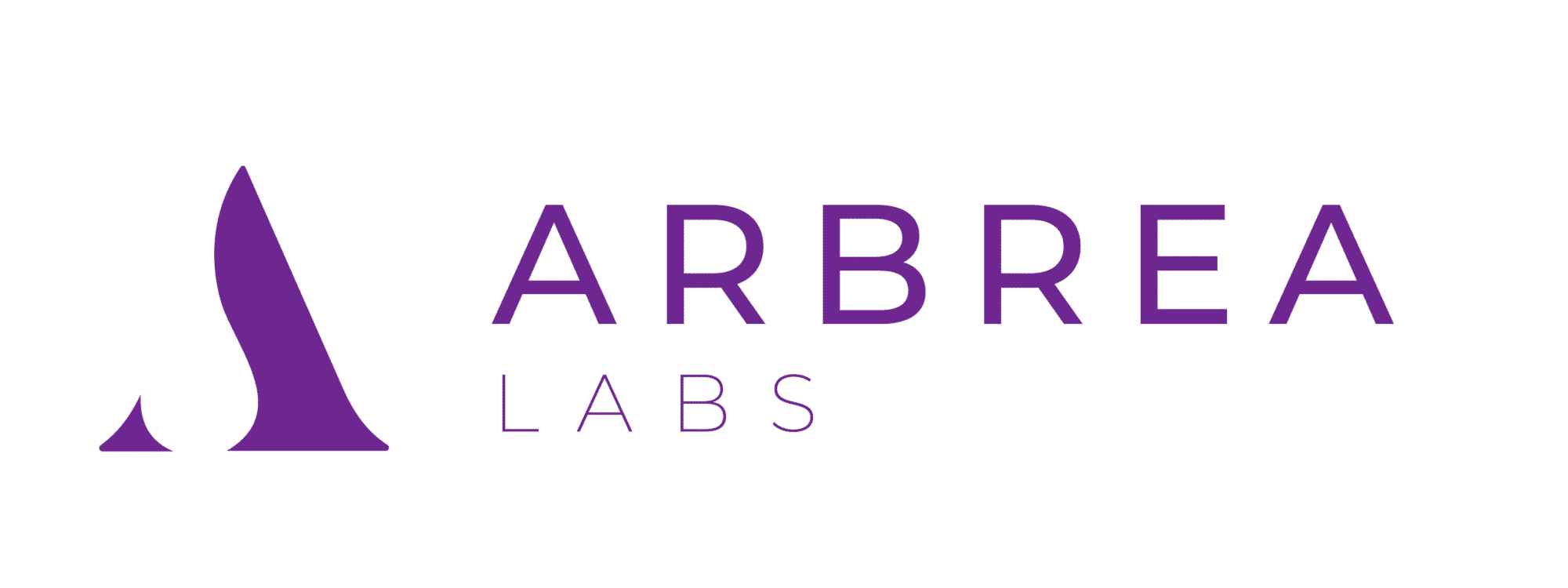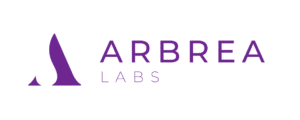In the world of cosmetic surgery, patient satisfaction hinges not only on the surgical outcomes but also on the experiences leading up to them. One of the most powerful tools available to surgeons today is the Arbrea Suite, a cutting-edge technology that allows for realistic simulations of surgical results. This software can significantly enhance consultations by providing patients with a clear visual understanding of potential outcomes. However, to fully harness its capabilities, surgeons must be aware of common mistakes that can undermine its effectiveness. In this article, we explore three frequent errors doctors make when using the Arbrea Suite and provide practical solutions to avoid them.
1. Inadequate Photo Quality for Simulations
The foundation of any effective simulation is high-quality images. The Arbrea Suite relies on these images to generate accurate projections of surgical results. Unfortunately, inadequate photo is a common oversight that can lead to misleading simulations, causing frustration for both the doctor and the patient.
Common Issues:
- Poor Lighting: Low lighting or harsh shadows can obscure details and alter the appearance of the skin and body contours.
- Obstructed Views: Hair or clothing that covers important anatomical features, such as the shoulders, can distort the simulation.
- Misalignment: Incorrect positioning of the patient can lead to simulations that do not accurately reflect their natural proportions.
Solutions:
- Optimize Lighting Conditions: Always choose a well-lit room for photography. Natural light is ideal, but if that’s not possible, use soft, diffuse lighting to eliminate shadows and provide even illumination across the body.
- Clear Visibility: Ask patients to tie their hair back in a bun or ponytail. This helps in capturing a clear and accurate image that will translate into a realistic simulation.
- Focus on Alignment: Ensure that the patient stands straight and aligned with the camera, with visible markers like the belly button clearly shown. This alignment is crucial for generating precise simulations.
By prioritizing photo quality, doctors can ensure that simulations are reliable and accurately represent potential surgical outcomes, which can significantly enhance patient trust and satisfaction.
2. Underutilizing the Augmented Reality Feature
The Augmented Reality (AR) feature of Arbrea Suite is one of its most powerful tools. It allows patients to visualize simulated changes on their bodies in real time, providing a comprehensive view of how surgery might alter their appearance. Despite its potential, this feature is often underutilized.
Common Issues:
- Lack of Demonstration: Some doctors may skip the AR demonstration due to time constraints or unfamiliarity with the feature.
- Partial Visualization: Focusing solely on the 3D model than showing the full-body impact can leave patients with an incomplete understanding of their potential new look.
Solutions:
- Full-Body Demonstrations: Make it a standard practice to use the AR feature during consultations to provide a full-body view of potential changes. This helps patients understand how surgery will affect their overall proportions and aesthetics.
- Enhance Engagement: Use AR to engage patients actively, allowing them to see changes from different angles and in various contexts. This can improve patient comprehension and confidence in the procedure.
Leveraging the AR technology effectively can transform consultations, making them more interactive and informative, ultimately leading to better-informed decisions by patients. You dont’ know how to integrate it in your routine? We can give you some good tips! Contact us.
3. Neglecting to Promote Lindapp for Continued Engagement
Patient engagement shouldn’t end when they leave your office. Lindapp, the companion app to Arbrea Suite, offers a platform for patients to explore their simulations further, engage with educational content, and stay connected to their surgical journey. Yet, many practitioners fail to utilize this tool effectively.
Common Issues:
- Lack of Promotion: Patients are often not encouraged to download and use Lindapp, missing out on a valuable resource for continued engagement.
- Disconnection Post-Consultation: Without a tool like Lindapp, patients may feel disconnected from their consultation experience, leading to uncertainty or hesitation.
Solutions:
- Encourage App Use: Make it a routine part of your consultation to introduce patients to Lindapp. Explain its benefits and how it can help them explore their surgical options at their own pace.
- Facilitate Ongoing Communication: Use Lindapp to maintain a line of communication with patients. Through the app, patients can revisit simulations, share them with family and friends, and discuss any concerns or questions with your office.
By integrating Lindapp into the post-consultation process, doctors can enhance patient engagement and facilitate a smoother transition from consultation to decision-making. This continued interaction helps build confidence and trust, ultimately improving conversion rates and patient satisfaction.
Conclusion
To maximize the benefits of the Arbrea Suite, it is essential to avoid these common pitfalls. By focusing on high-quality photo capture, fully utilizing the AR feature, and promoting Lindapp for ongoing patient engagement, doctors can significantly enhance the consultation experience. These strategies not only improve patient satisfaction but also help build lasting relationships based on trust and transparency. By addressing these areas, doctors can better utilize the full capabilities of the Arbrea Suite, leading to improved outcomes for both patients and practitioners.







